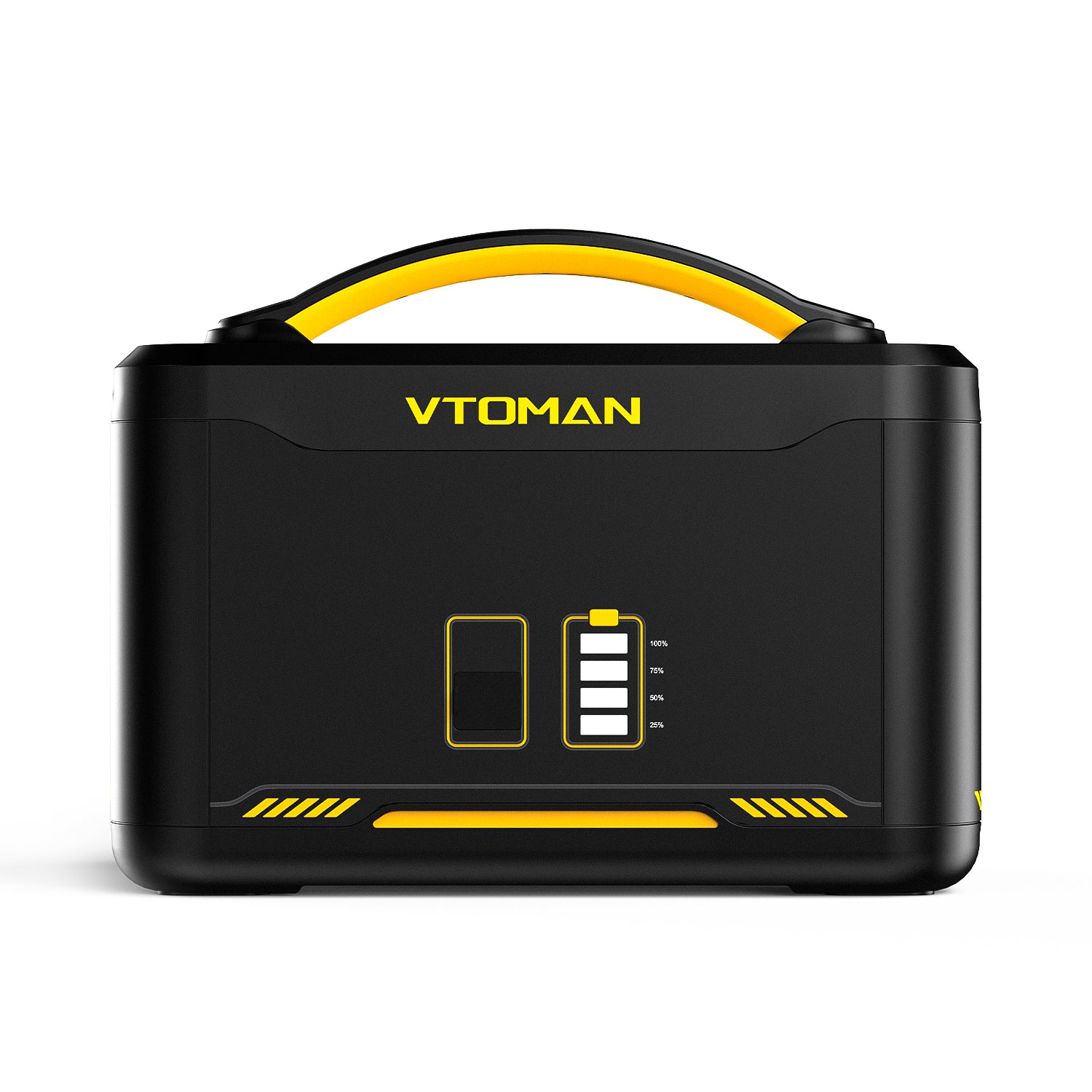Renewable energy sources such as solar and wind power have gained significant traction in recent years as we strive to reduce our carbon footprint and transition towards a cleaner and more sustainable future. However, one of the key challenges in harnessing the full potential of renewable energy is its intermittent nature. This is where battery storage comes into play, revolutionizing the way we integrate renewable energy into the grid.

The Role of Battery Storage in Renewable Energy Integration
Battery storage systems play a crucial role in enabling the seamless integration of renewable energy into the grid. They address the issue of intermittency by storing excess energy generated during periods of high production and releasing it during times of low production or high demand. This ensures a consistent and reliable supply of electricity, reducing the need for conventional fossil fuel-based power plants.
Battery storage systems also provide grid stability and flexibility. They can respond rapidly to fluctuations in energy supply and demand, helping to maintain a balanced grid. This is particularly important as the share of renewable energy in the grid increases, as it introduces more variability and uncertainty.
Advantages of Battery Storage in Renewable Energy Integration
There are several advantages to incorporating battery storage into renewable energy integration:
1. Smoothing Out Intermittency
Battery storage systems can smooth out the intermittent nature of renewable energy sources. By storing excess energy during periods of high production, they can bridge the gap during low production periods, ensuring a continuous and reliable energy supply.
For example, on a sunny day when solar panels generate more electricity than is immediately needed, the excess energy can be stored in batteries for use during the night or on cloudy days when solar production is lower. This reduces the reliance on backup power sources and maximizes the utilization of renewable energy.
2. Enhancing Grid Stability
Battery storage systems contribute to grid stability by providing ancillary services such as frequency regulation and voltage support. They can respond rapidly to fluctuations in supply and demand, helping to maintain a stable frequency and voltage within the grid.
For instance, if there is a sudden increase in electricity demand, battery storage systems can discharge stored energy to meet the demand and prevent voltage drops. Similarly, if there is an excess supply of electricity, they can absorb the excess energy and stabilize the grid frequency.
3. Reducing Transmission and Distribution Constraints
Battery storage systems can also alleviate transmission and distribution constraints. By storing excess energy locally, they reduce the need for costly infrastructure upgrades to accommodate higher renewable energy penetration.
For example, in remote areas with limited transmission capacity, battery storage systems can store excess energy generated by local renewable sources and supply it during peak demand periods, reducing the strain on transmission lines and avoiding the need for costly grid expansions.
4. Enabling Energy Independence
Battery storage systems empower individuals and communities to become more energy independent. By combining renewable energy generation with battery storage, households and businesses can reduce their reliance on the traditional grid and have a more self-sufficient energy supply.
For instance, a residential solar PV system coupled with a battery storage system can enable homeowners to generate and store their own electricity, reducing their dependence on the grid and potentially saving on energy costs.
Conclusion
Battery storage is a game-changer in the integration of renewable energy into the grid. It addresses the intermittency challenge, enhances grid stability, reduces transmission and distribution constraints, and enables energy independence. As we continue to strive for a cleaner and more sustainable future, battery storage will play a pivotal role in paving the way towards a cleaner grid.
References:
1. Example 1
2. Example 2
3. Example 3










